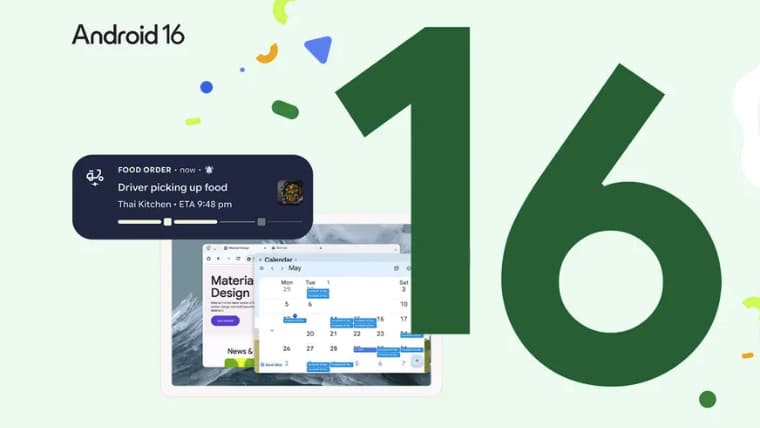Introduction to Android 16
Android 16 has officially been released, introducing a variety of new features and improvements designed to enhance user experience. Although the launch feels earlier than previous iterations—given that Android 15 debuted in October last year—this version has come about with an effort to provide timely updates to users.
Key Features and Enhancements
While the latest version of the Android operating system includes several noteworthy capabilities, some anticipated features are still on the horizon. The most prominent of these, the visual redesign known as Material 3 Expressive, is not included in this initial rollout. Instead, it is expected to arrive with the quarterly platform release (QPR1) set for September 3. This aligns with Google’s typical schedule for releasing new Android versions, leading to speculation that additional features will soon be available.
Notable Features in the Initial Rollout
Despite the absence of the Material 3 Expressive interface, there are still significant updates available for users. One major feature is the introduction of live updates, which deliver real-time notifications for activities like food deliveries and ride-hailing requests directly to the lock screen.
In addition to this, Android 16 includes an Advanced Protection mode that provides a comprehensive layer of security against potential threats. This mode consolidates protective measures against unsafe websites, scam calls, and malicious applications, enabling users to activate all features with just one tap.
Notification Management and Support for Accessibility
Android 16 introduces enhancements in how notifications are managed by grouping alerts from the same application, promoting better organization and clarity. This improvement is aimed at reducing clutter on the notification panel and making it easier for users to navigate their alerts efficiently.
The update also brings advancements for hearing aid users, allowing them to utilize their smartphone’s microphone for audio input during calls. This feature enhances connectivity for users who rely on hearing aids, as it also allows for native control of the hearing aid’s volume directly from the mobile device.
Additional Features and Updates
Moreover, Android 16 includes smaller but practical updates such as a trade-in mode designed to facilitate a smoother transition when upgrading devices. This mode speeds up the trade-in process by providing quick access to essential device information, simplifying the selling experience for users looking to upgrade their smartphones.
Future Updates and Compatibility
Currently, Android 16 is rolling out to supported Pixel devices, specifically the Google Pixel 6 and newer models. Users of other smartphone brands will need to wait for their respective updates, which Google has indicated will be available later this year.
The September 3 update is also expected to unveil Android 16’s desktop mode, which allows users to connect their devices to a monitor and access a desktop-like interface. This capability mirrors offerings from other manufacturers, such as Samsung’s DeX functionality, aimed at creating a more versatile user experience.
Conclusion
In summary, Android 16 showcases an array of new features and improvements tailored for current users, focusing on organization, accessibility, and security. The anticipated visual overhaul will follow in the upcoming QPR1; however, the initial set of updates provides ample reason for users to explore this latest version. As the rollout expands to additional devices in the coming months, the Android ecosystem continues to evolve, catering to a diverse range of user needs.




